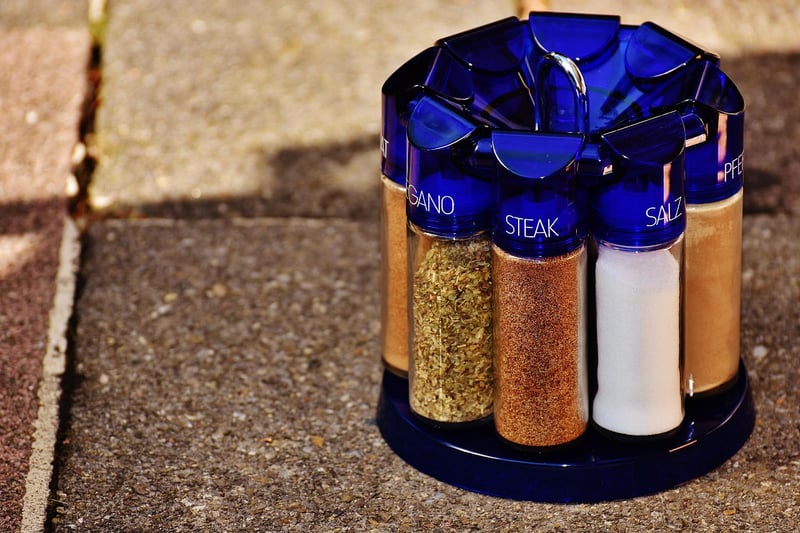Ingredient substitutions
Enhance Your Culinary Skills with Ingredient Substitutions
Are you looking to elevate your cooking game and create delicious dishes even when you're missing a key ingredient? Ingredient substitutions are the secret weapon every chef should have in their culinary arsenal. By mastering the art of ingredient substitutions, you can adapt recipes, save a trip to the store, and impress your guests with your resourcefulness. Let's delve into some common ingredient substitutions that will help you become a kitchen wizard!
1. Butter
Out of butter? No problem! You can substitute it with an equal amount of margarine, shortening, or even coconut oil in most recipes. Each substitution may slightly alter the taste and texture of the final dish, so feel free to experiment and find the perfect match.
2. Milk
If a recipe calls for milk and you're all out, don't fret. You can use alternatives like almond milk, soy milk, coconut milk, or even buttermilk depending on the dish you're preparing. These substitutions work well in both sweet and savory recipes.
3. Eggs
When baking, eggs can be replaced with ingredients like applesauce, mashed bananas, yogurt, or a commercial egg replacer. These substitutes not only bind ingredients together but also add moisture and richness to your baked goods.
4. Flour
Running low on flour? You can swap all-purpose flour with whole wheat flour, almond flour, coconut flour, or even oats ground into a fine powder. Different flours may require adjustments in liquid amounts, so be mindful of the consistency of your batter or dough.
5. Sugar
For a healthier alternative, consider using honey, maple syrup, agave nectar, or stevia in place of sugar. These natural sweeteners bring unique flavors to your dishes and can be used in various recipes from beverages to desserts.
6. Herbs and Spices
Don't have a specific herb or spice on hand? You can often substitute one herb for another within the same flavor profile. For example, if a recipe calls for oregano and you're out, try using thyme or marjoram instead. Fresh herbs can also be swapped with dried herbs, but remember to adjust the quantities as dried herbs are more potent.
With these ingredient substitutions in your repertoire, you'll be well-equipped to tackle any recipe that comes your way. Remember, cooking is a creative process, so don't be afraid to experiment and make each dish your own. Happy cooking!

For more culinary inspiration and tips, check out Food Network.
